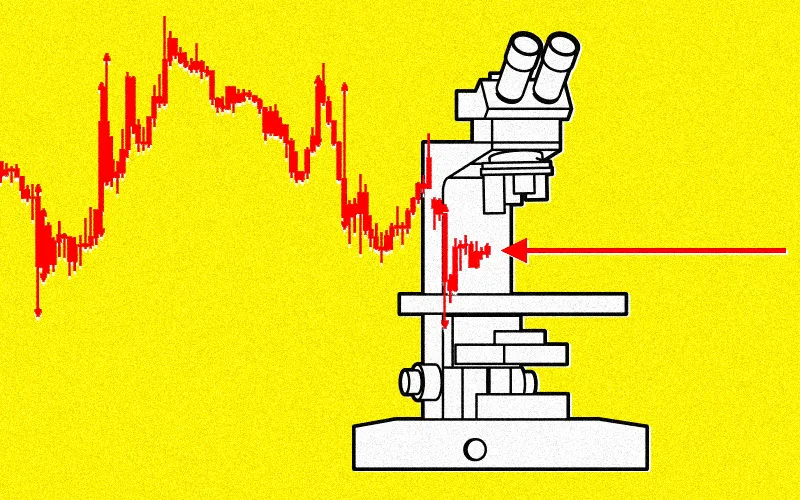After an extraordinarily long period of low volatility, equity markets are see-sawing — and shaking investors' confidence. But a new report from PGIM, the global investment management business of Prudential Financial, finds that volatility takes only a temporary toll on the performance of stocks and corporate bonds.
PGIM's institutional advisory and solutions group examined the performance of different asset classes before, during, and after so-called volatility spikes — a sudden increase in the VIX, an index that gauges expectations for near-term market volatility — and post-peak events, which are characterized by a longer period of ups and downs that eventually return to more normal levels. PGIM defines a spike event as a 50 percent increase in the average VIX over two months.
PGIM evaluated a 68-year time period with 26 volatility spikes and 25 post-peak events.
“We’ve had questions from clients over the last year or so about the low level of volatility," says Karen McQuiston, head of institutional advisory and solutions for PGIM. "It’s been the elephant in the room. Many investors thought it might be incongruent with the risks that seem to be present in the market.”
PGIM undertook the research to help CIOs communicate with groups such as their boards during periods of volatility. “We thought there might be something to be said for scaling down risk once volatility reared its head. But we found that generally it’s best to stick to your guns,” she added.
McQuiston says the results show that spikes indeed do damage in the short term, but markets recover within a few months following the sharp uptick in volatility.
[II Deep Dive: When Doing Nothing Is the Best Thing To Do]
It's not much different for post-peak events. McQuiston explains that PGIM looked at performance after markets returned to normal behavior.
"History shows that once the dust has settled, equity and credit markets tend to perform well, often better than before the volatility event," write the report's authors, which include Amy Xie, an analyst, and Bruce Phelps, head of research in the institutional advisory and solutions group. "These results provide support for investment committees who intend to 'stay the course,' and possibly re-balance with increased allocations to risky assets," according to the report.
PGIM undertook the study in part to provide research to investment committees that may feel compelled to re-evaluate their overall strategies in the face of volatility.
According to PGIM's research, equity performance during a volatility spike event is negative. On average, the loss on the Standard & Poor's 500 stock index is 8.2 percent over two months. But the markets recover to pre-spike levels seven months later.
In fixed income, U.S. high yield and investment grade credit lose 9.2 percent and 3.3 percent, respectively, during the two months. Both credit asset classes recover nine months later.
Investors can benefit from better returns after markets have quieted, the PGIM researchers found. For the 21 months before a bout of volatility, the average return for the S&P 500 was 20.3 percent. For the 21 months afterward, the return was 26.7 percent.







